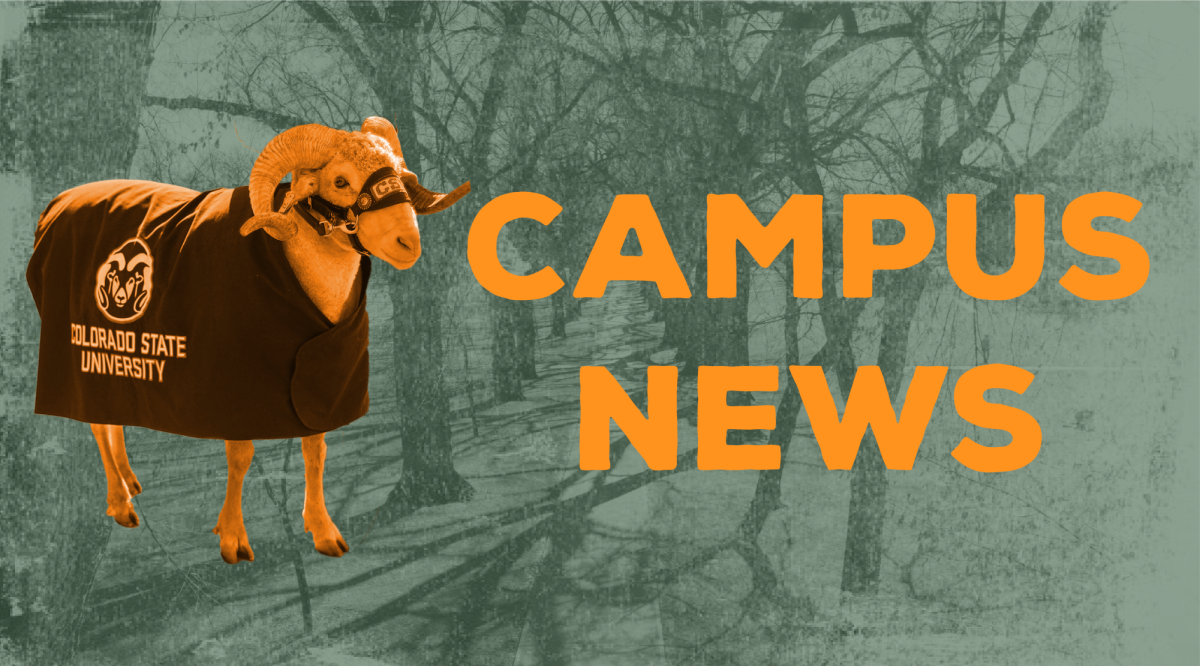
At Colorado State University, a team of scientists is developing a device which could allow the deaf to hear with their tongues.
Associate professor of mechanical engineering John Williams began research on hearing aid technology due to his own hearing loss.
Ad
“The problem with the cochlear hearing aid is that once you stick it there, it destroys any residual hearing that you have left,” said biomedical sciences assistant professor Leslie Stone-Roy.
Williams and graduate student J.J. Adrian Mortiz began looking for alternative strategies to the cochlear implant. The idea of using the tongue came from literature Williams found on a tongue stimulation device helping people with balance issues in Wisconsin, and a tongue visual substitution device. They approached Stone-Roy because of her knowledge about tongues, and the advantages tongues could provide for the sensory substitution device.
“Your finger tip has very small receptive fields, and you’re able to pick up very fine details, so you can distinguish between very tiny bumps. … The tongue is very similar,” Stone-Roy said. “In addition, it is in a moist and protective environment. It’s good for electronics.”
Moritz said another advantage to the device is that, unlike a cochlear device which needs to be surgically implanted, the tongue is much more accessible. The team envisions the completed device would be about the size of a dental retainer, and small enough that it can be kept out of sight.
In addition to helping those with hearing loss, Stone-Roy sees several other uses for the device, including entertainment. When Williams and Moritz first introduced Stone-Roy to the sensory substitution device, they showed her its potential outside of medical uses.
“They had me come over to engineering and hooked (the device), where I could listen to a song, the same time it was on my tongue and basically feel the rhythm and melody on your tongue,” Stone-Roy said. “It’s wild.”
Moritz has also tried the sensory substation device for entertainment purposes.
“It’s a little like pop-rocks or drinking soda, except with a rhythm to it,” Moritz said. “During a pitch bend you’ll feel the sensation move across your tongue.”
Stone-Roy said the device could also be used by the military, since the sensory substitution device could be modified to allow the user to pick up sound waves normally inaudible to the human hear
Ad
The biggest obstacles holding back the completion of the sensory substitution device are funding and time, according to Stone-Roy.
Despite the difficulties with funds, Moritz has hope for future success.
“There was one person who contacted us, who has a medical condition where non-malignant tumors grow in their brain and have to be removed,” Moritz said. “Now there is a tumor growing on the auditory nerve on the other side. A cochlear implant would be useless for this person. A device like ours is the only thing that would restore any type of hearing ability to this person. If we could help one person like this, I would consider this project a complete success.”
Collegian reporter Matt Gindin can be reached at news@collegian.com and on Twitter @mgindin1







